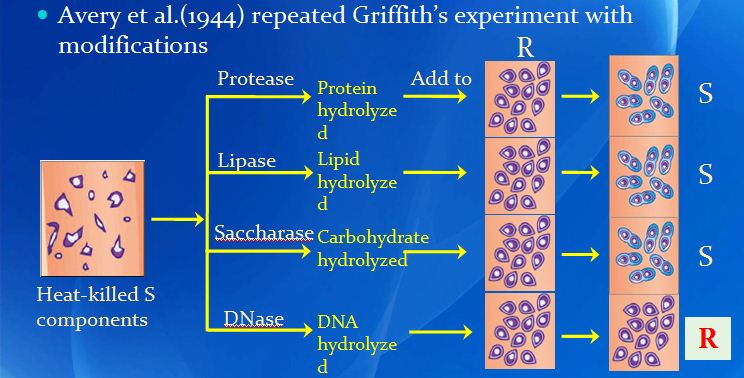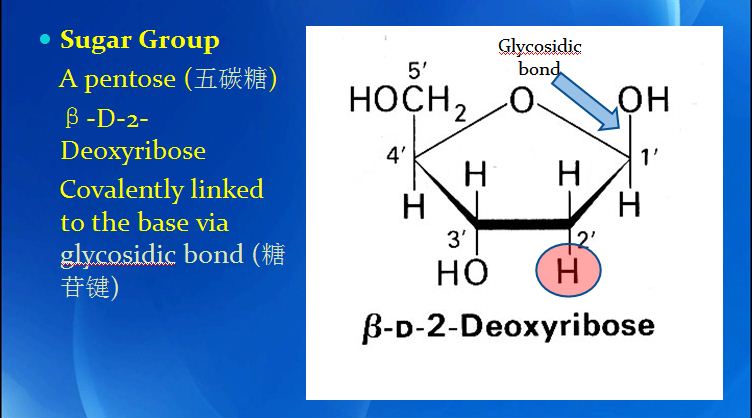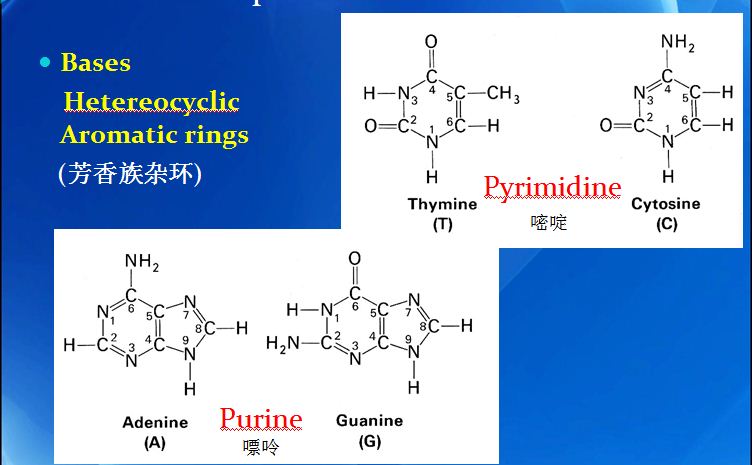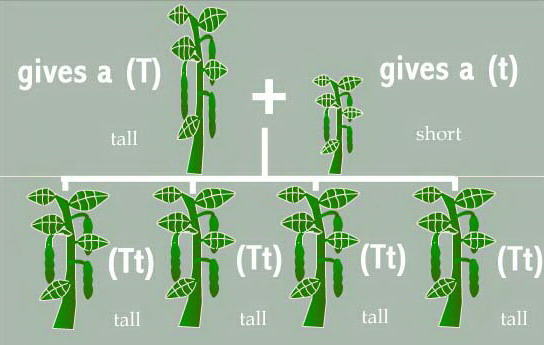螳螂目 MANTODEA
Mantodea (Mantids / Praying Mantids)
The name Mantodea is derived from “mantis”, the Greek word for these insects.
- Classification & Distribution
Hemimetabola
- incomplete development (egg, nymph, adult)
Orthopteroid
- closely related to Orthoptera and Blattodea
Distribution: Common in tropical and subtropical climates.
|
WORLDWIDE
|
|
|---|---|
| Number of Families |
8
|
| Number of Species |
~1800
|
-
Life History & Ecology
Mantids have elongate bodies that are specialized for a predatory lifestyle: long front legs with spines for catching and holding prey, a head that can turn from side to side, and cryptic coloration for hiding in foliage or flowers.
Mantids are most abundant and most diverse in the tropics; there are only 5 species commonly collected in the United States and 3 of these have been imported from abroad.
-
Physical Features
 |
Adults:
Immatures:
|
-
Major Families
- Mantidae — this family includes all of the common North American mantids.
The name mantid refers only to members of the family Mantidae.
-
Bug Bytes
- Mantids are the only insects that can turn their head from side to side without moving any other part of the body. Many humans mistakenly interpret this behavior as a sign of intelligence.
- A female mantid may eat her mate while he is still linked with her in copulo. This behavior is probably more common in captivity than in the wild.
- Most mantids are cryptically colored to blend with their environment. A pink Malaysian species spends most of its time hunting for prey on pink orchids.
- Although mantids usually feed on insect prey, they have been known to catch and eat small frogs, lizards, and even birds
====================================================
↑Quoted from the General Entomology course
at North Carolina State University >Resource Library > Compendium > Mantodea (© 2009 by John R. Meyer; Last Updated: 8 April 2009)
>Learn more about pray mantids (mantodearesearch.com)
====================================================
螳科 Mantidae
- 大刀螳螂Tenodera aridifolia
2. 中华刀螳Tenodera sinensis
3. 短胸大刀螳Tenodera brevicollis
- 棕静螳 Statilia maculata
- 广斧螳 Hieroduia patellifera
长颈螳科 Vatidae
中华屏顶螳Kishinouyeum sinensae
![the blueprint of life[1]](https://apbiology.cn/wp-content/uploads/sites/8/2013/06/Science-Human-Gene.jpg)



![Mendel’s Genetics[2]: The monohybrid cross](https://apbiology.cn/wp-content/uploads/sites/8/2013/07/genetics2.png)
![IIllustrations of wild animals [insect 3 Odonata]](https://apbiology.cn/wp-content/uploads/sites/8/2013/09/Common_blue_damselfly02.jpg)

